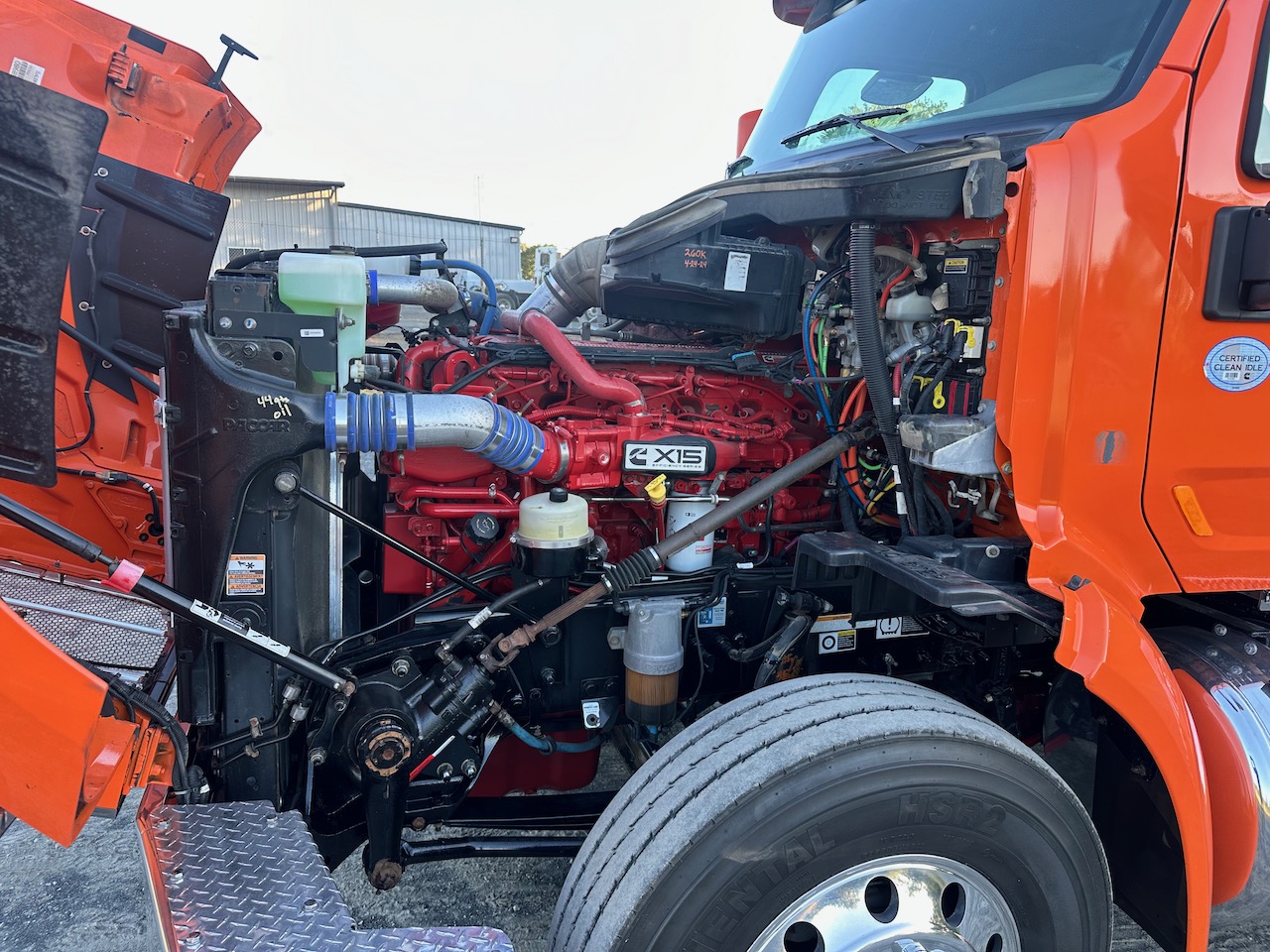Navigating California’s Class 8 Diesel Engine Truck Market: Insights for Owner-Operators and Small Fleets
- Blog
- Good Knowledge
- Navigating California’s Class 8 Diesel Engine Truck Market: Insights for Owner-Operators and Small Fleets
Navigating California’s Class 8 Diesel Engine Truck Market: Insights for Owner-Operators and Small Fleets
In the dynamic landscape of California’s Class 8 truck market created by CARB (California Air Resources Board), staying informed and proactive is key for owner-operators and small fleets.
As we look to the present and immediate future, it’s crucial to understand the challenges and alternatives that lie ahead.
THE CURRENT SITUATION
If you’re considering purchasing a new Class 8 truck in 2024 or 2025, brace yourself for a turbulent period. Ignoring what is happening with the latest CARB mandates and dealer regulations could spell trouble for your bottom line. The engine market is undergoing significant upheaval, and failure to adapt could have dire consequences.
As of April 24, 2024, ordering a new truck in California (with a 2025 engine and year model) may be possible, but I would be surprised if you get a firm order date or final price.
Why? Simply put, there are currently no engines that comply with California’s stringent emission rules. While older engines reduce Knox emissions by 0.75, the new demand of 2.0 has yet to be put in production by manufacturers (that we know of).
What does this mean for prospective buyers? The only way to secure a new 2023, 2024 or 2025 truck from a dealer today is by opting for existing stock equipped with Legacy grandfathered engines. Once these trucks are sold, there’s currently no replacement in sight. OEMs lack engines ready for production, leaving new truck purchases in limbo.
Moreover, if you manage to find a suitable Legacy truck, be prepared for additional charges, if registered in California, including a CARB fee of $9,000 and a $3,200 California after-treatment warranty.
And if that’s not daunting enough, anticipate added costs and complexities when new engines eventually hit the market. These engines will come with extra software, hardware and increased weight, and consequently:
- Higher truck costs
- Increased cost per mile
- More downtime
- Additional weight concerns
CONSIDERING ALTERNATIVES
Rather than dwelling on the past or bemoaning the current situation, it’s time to take decisive action. Here are some avenues to explore:
Questions New Truck Buyers should be asking their dealer:
- Can you order a new Class 8 truck and get a 25-year model and a 25 engine?
- When will they be delivering?
- What is the cost of all the fees broken down by line item?
- What is the weight of the hardware being added?
- Do they have any idea of a cost per mile to maintain it?
- How many test hours do they have on this product prior to it being put in service?
FOR THOSE EYEING IN-STOCK TRUCKS:
Consider purchasing a new stock unit that closely aligns with your specifications. Opting for a truck that meets your basic requirements now may be preferable to waiting indefinitely for a perfectly tailored vehicle with uncertain delivery dates and higher costs.
EXPLORING USED TRUCKS:
Given the evolving market conditions, buying used presents an attractive option. With ample inventory and a selection of low-mileage Class 8 trucks at historically favorable prices, now is a prime time to explore this option.
Here is a link to our current inventory: CharterTrucks.com
IN SUMMARY
Navigating California’s CARB Class 8 truck market is challenging, but being proactive and adaptable can mitigate risks. While uncertainties loom, it’s crucial to remain informed and explore all available options. And for those outside the state, remember, similar challenges may be on the horizon for you with the 2027 Federal Emissions Law.
Seriously look to dispose and upgrade while you can.

